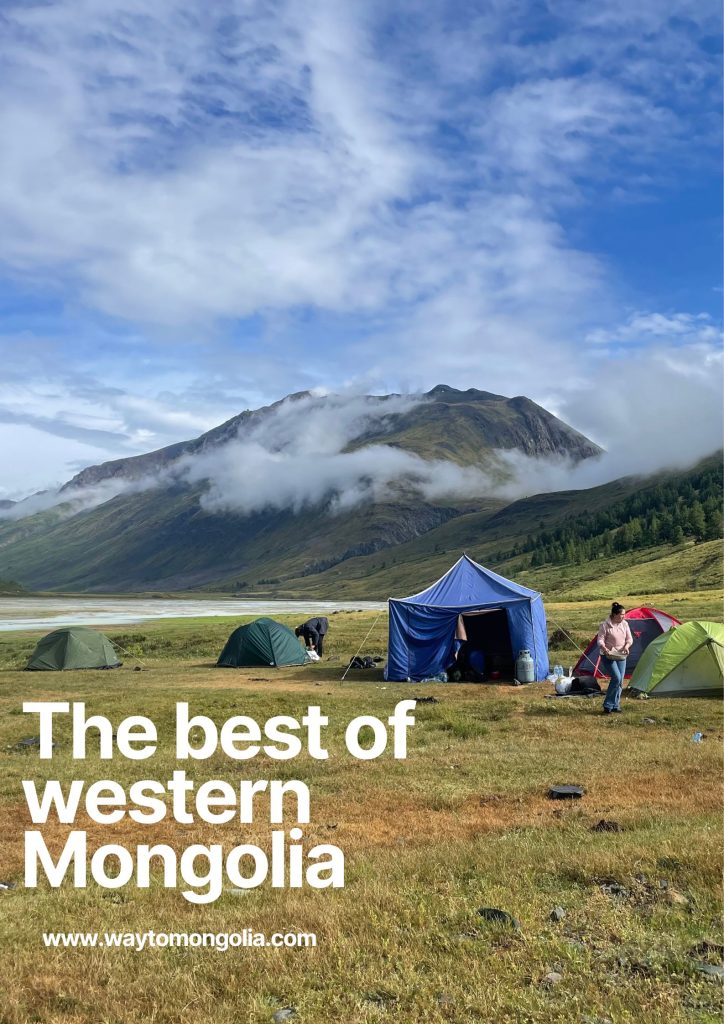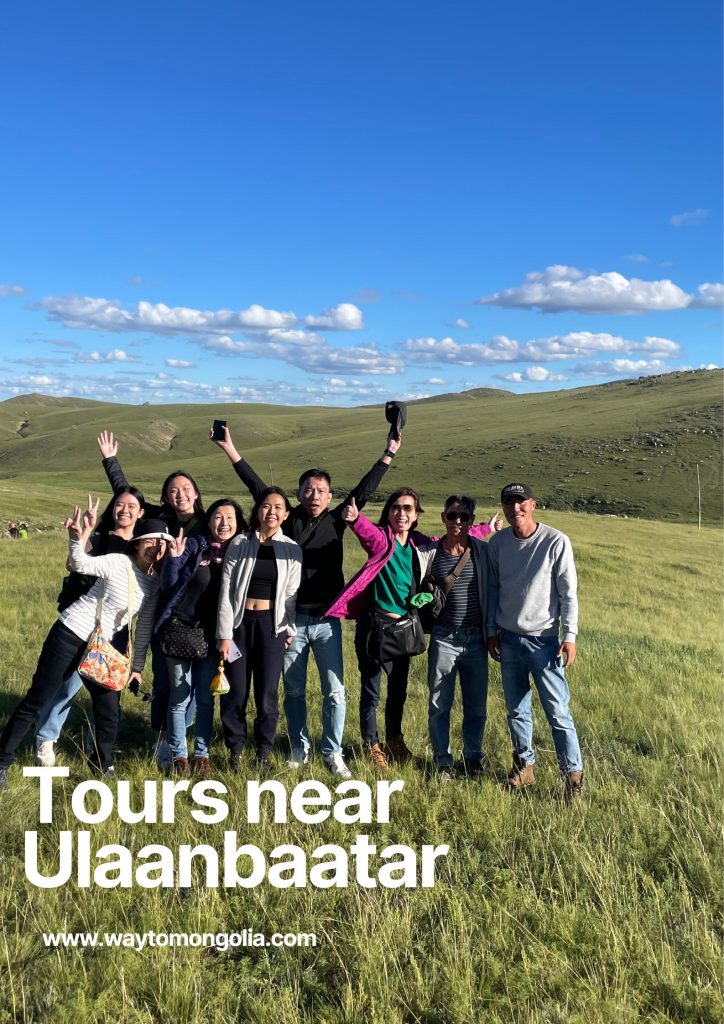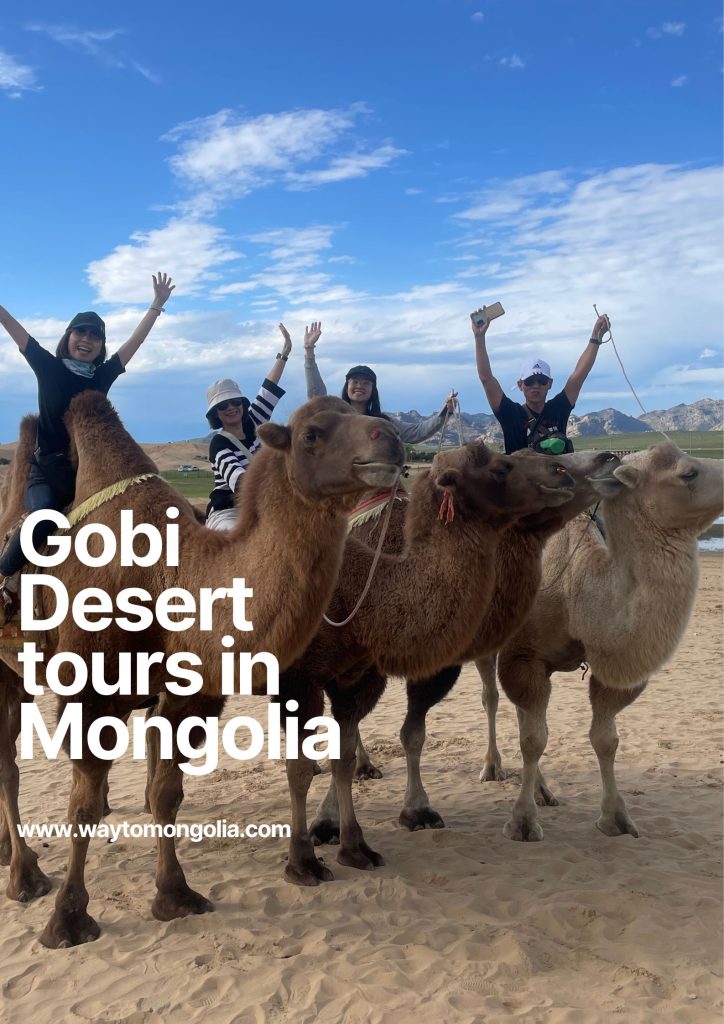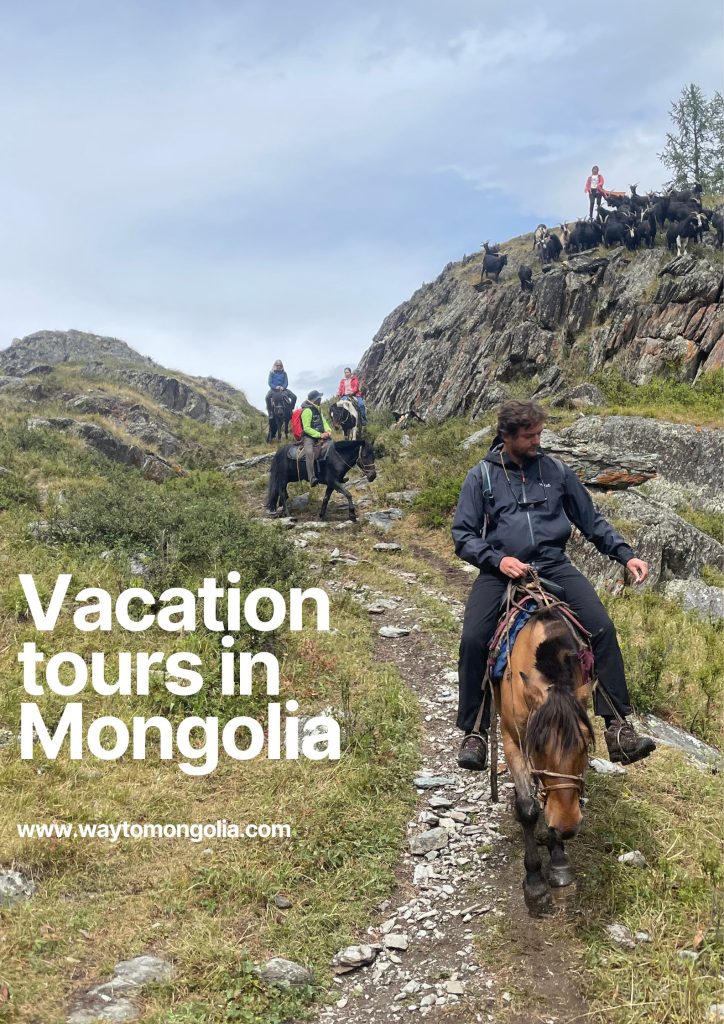Trekking tour package in Mongolian Altai Tavan Bogd national park located in western Mongolia
All you need to know about western Mongolia before you go for trekking
Altai Tavan Bogd National Park is a magnificent and diverse protected area located in western Mongolia, near the borders with Russia and China. Here are some short descriptions of the main highlights of the park:
Five Holy Peaks: Altai Tavan Bogd, meaning “Five Holy Peaks,” is the park’s most notable feature. This mountain range includes Mongolia’s highest peak, the stunning Khuiten Peak, reaching an elevation of 4,374 meters (14,350 feet). The peaks are revered and considered sacred by the local Tuvan people.
Potanin Glacier: The park is home to the Potanin Glacier, one of the longest glaciers in Mongolia, stretching for about 20 kilometers (12 miles). The glacier offers mesmerizing views and adventurous opportunities for hiking and exploring its icy terrain.
Unique Flora and Fauna: Altai Tavan Bogd National Park boasts diverse ecosystems, with stunning alpine meadows, subalpine forests, and crystal-clear lakes. The park is home to various species of wildlife, including the elusive snow leopard, ibex, argali sheep, and numerous bird species.
Cultural Heritage: The park holds significant cultural value, with ancient petroglyphs and stone carvings scattered throughout the area. These rock art sites provide glimpses into the ancient cultures and traditions of the nomadic tribes who once inhabited the region.
Nomadic Communities: While exploring the park, you may encounter traditional nomadic communities, mainly the Tuvan and Kazakh people. They welcome visitors to their gers (traditional felt tents) and offer insights into their nomadic lifestyle, culture, and hospitality.
Trekking and Mountaineering: Altai Tavan Bogd National Park is a paradise for outdoor enthusiasts. The park offers fantastic opportunities for trekking, mountaineering, horse riding, and camping amidst breathtaking landscapes, glaciers, and pristine alpine lakes.
Remote Wilderness: The park’s location in a remote and untouched region of Mongolia contributes to its raw and natural beauty. The vast expanses, jagged peaks, and untouched wilderness make Altai Tavan Bogd a perfect destination for adventurers seeking solitude and nature immersion.
Visiting Altai Tavan Bogd National Park provides an incredible chance to explore a diverse range of landscapes, engage with local cultures, and delve into the stunning wilderness of western Mongolia.
Tour Itinerary: Trekking in Mongolia
Day 1: Arrival in Ulaanbaatar
Upon arrival in Ulaanbaatar, our team will meet you at the airport and transfer you to your hotel. After a few hours of rest, meet your guide for a city tour. Visit Zaisan Hill for a panoramic view of Ulaanbaatar, Gandan Monastery, and the local museum.
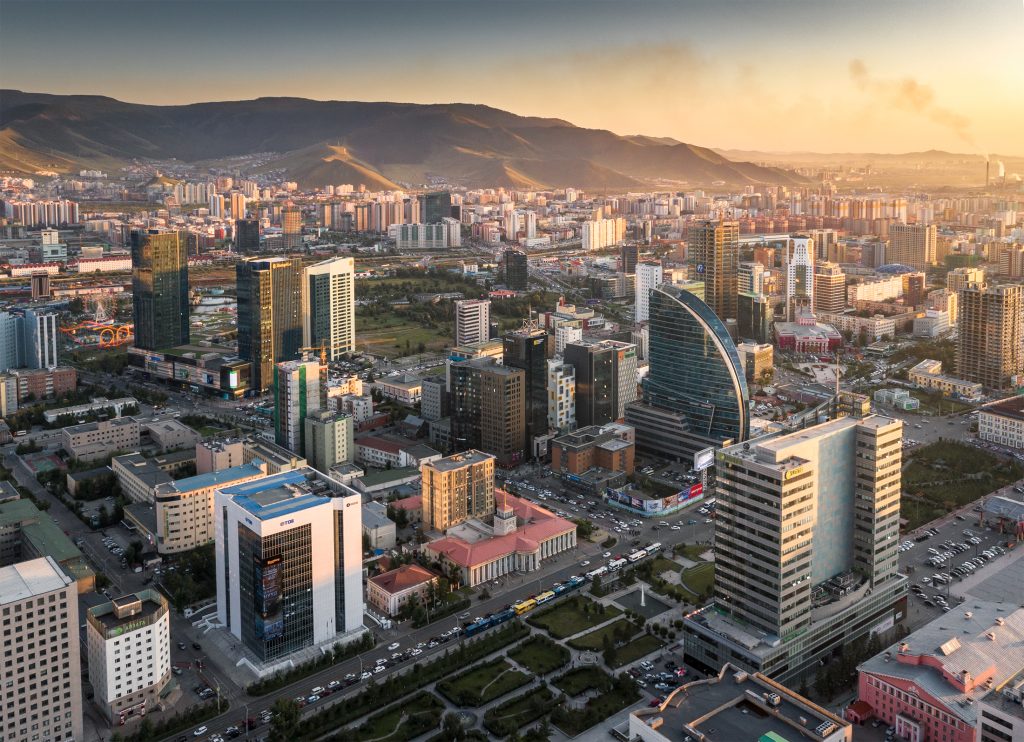
Day 2: Flight to Ulgii & Sightseeing in Ulgii Town
Take a morning flight from Ulaanbaatar to Ulgii. Meet your team at Ulgii Airport and drive to Ulgii town. Visit the local open market, Bazar, and stay overnight at a local hotel in Ulgii.
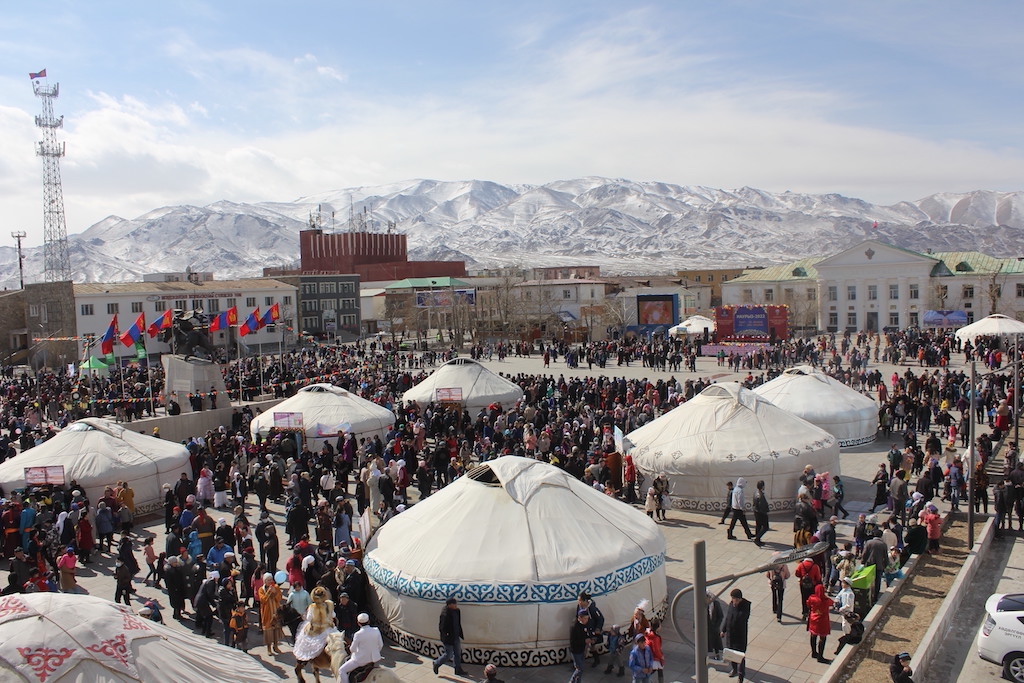
Day 3: Drive to Altai Tavan Bogd National Park
Drive to the gate of Altai Tavan Bogd National Park. Along the way, stop to see the ancient Turkic period “Deer Stones.” Set up camp along the White River Valley (Akh Gol Basi).
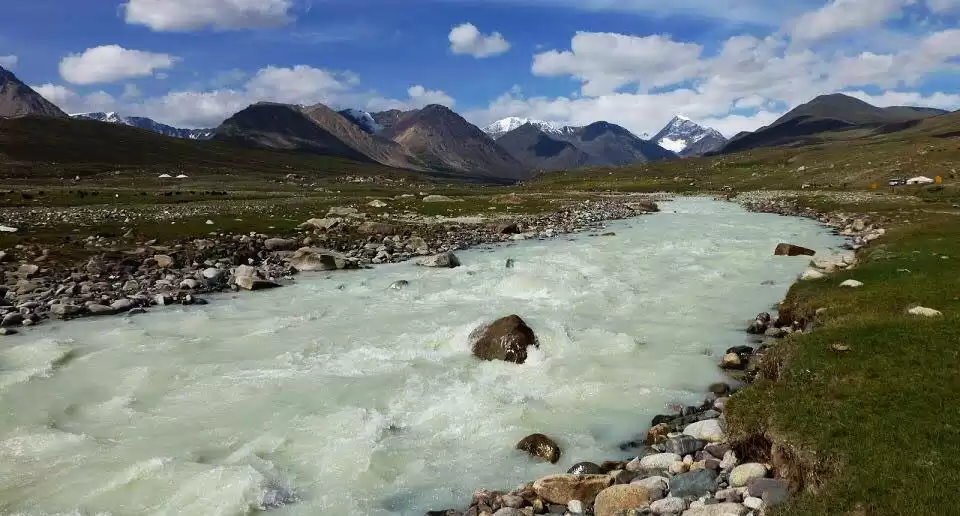
Day 4: Trek to Potanin Glacier & Hike on the Glacier
Leave your vehicle at the park’s gate and start horse riding towards the Tavan Bogd massif. Reach the 20km long Potanin Glacier, where you can hike and explore. Camp near the glacier, and two humped camels will transport your luggage.
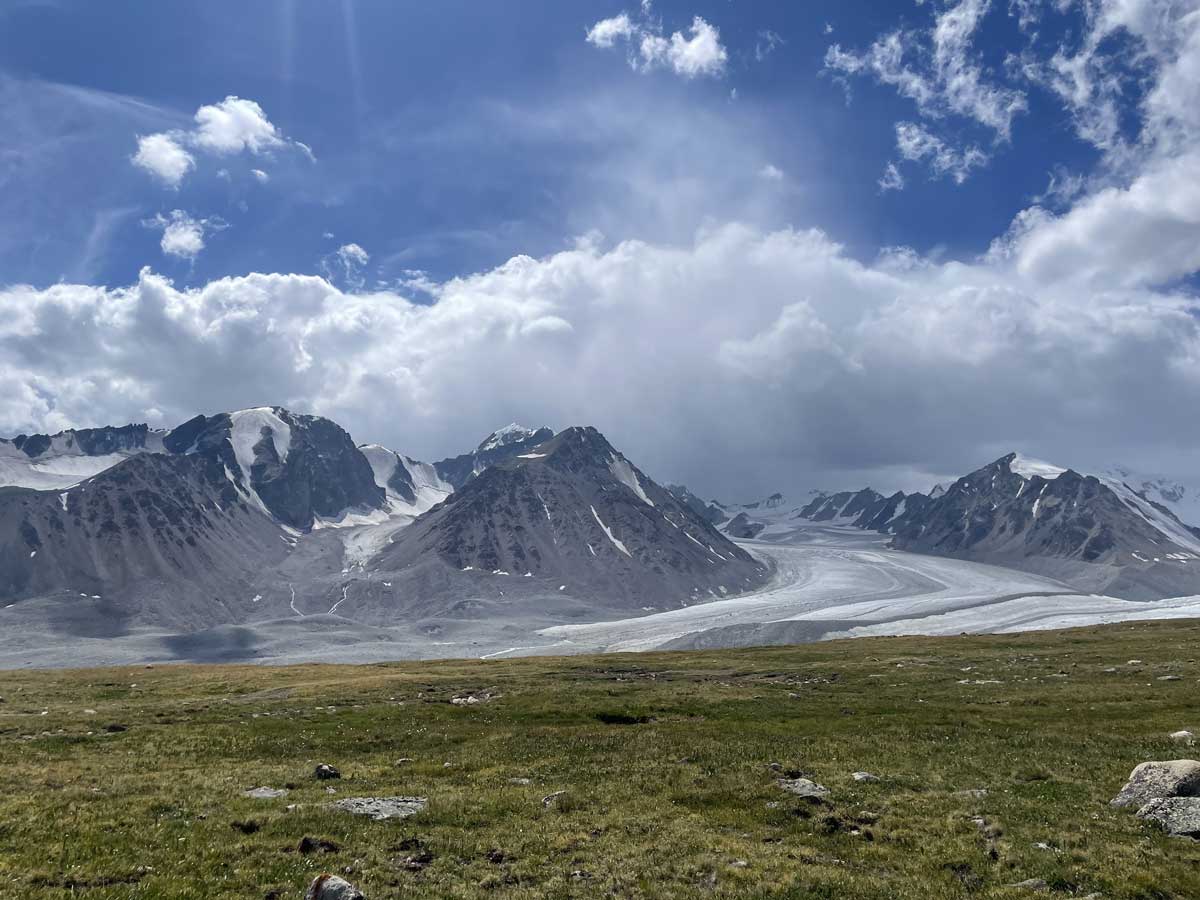
Day 5: Hike to Malchin Peak
After breakfast, hike to the 4th highest peak in Mongolia, Malchin Peak, which offers stunning views of the Russian, Kazakh, and Chinese snow-capped Altai Mountains. Return to the camping spot after reaching the peak.
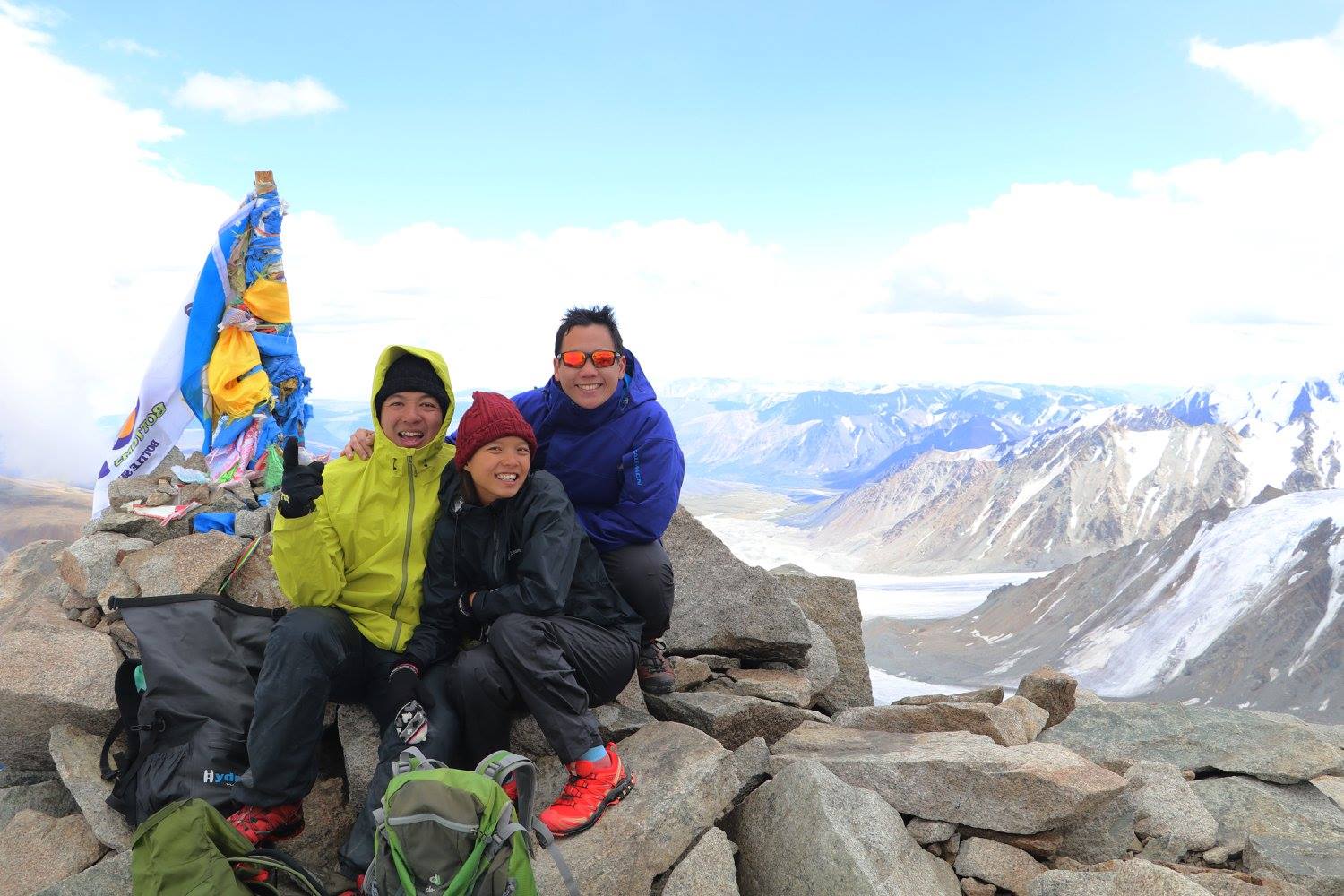
Day 6: Trek back to the National Park Gate & Visit Tuvan Family
Ride horses back to the park’s gate, and visit a Tuvan nomadic family. Experience the Tuvan nomadic lifestyle and try Tuvan handmade nomadic vodka.

Day 7: Trek to Khar Salaa Valley
Take a different direction for trekking to Khar Salaa valley, a beautiful camp surrounded by Altai Mountains and nomadic life.
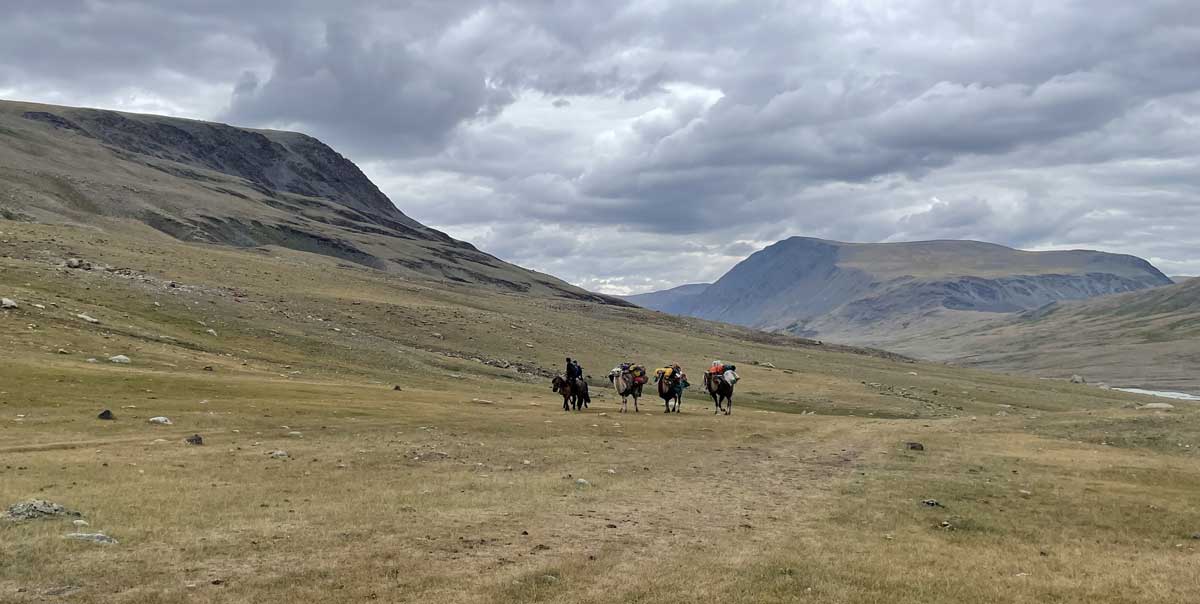
Day 8: Trek to Bear Valley
Pass through “Tahiltiin Davaa,” a high mountain pass with stunning waterfalls. Enjoy beautiful landscapes and camp next to a huge river.
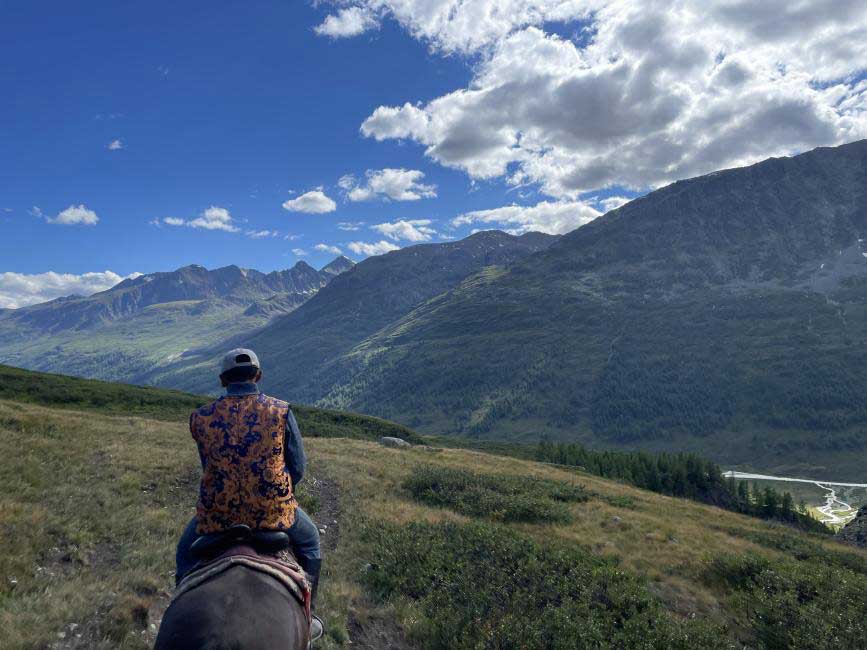
Day 9: Trek to Aq Su Valley
Pass by beautiful lakes and reach Kazakh nomads’ summer camp. Learn about the Kazakh nomadic lifestyle and visit some families to compare with Tuvan nomadic lifestyle.
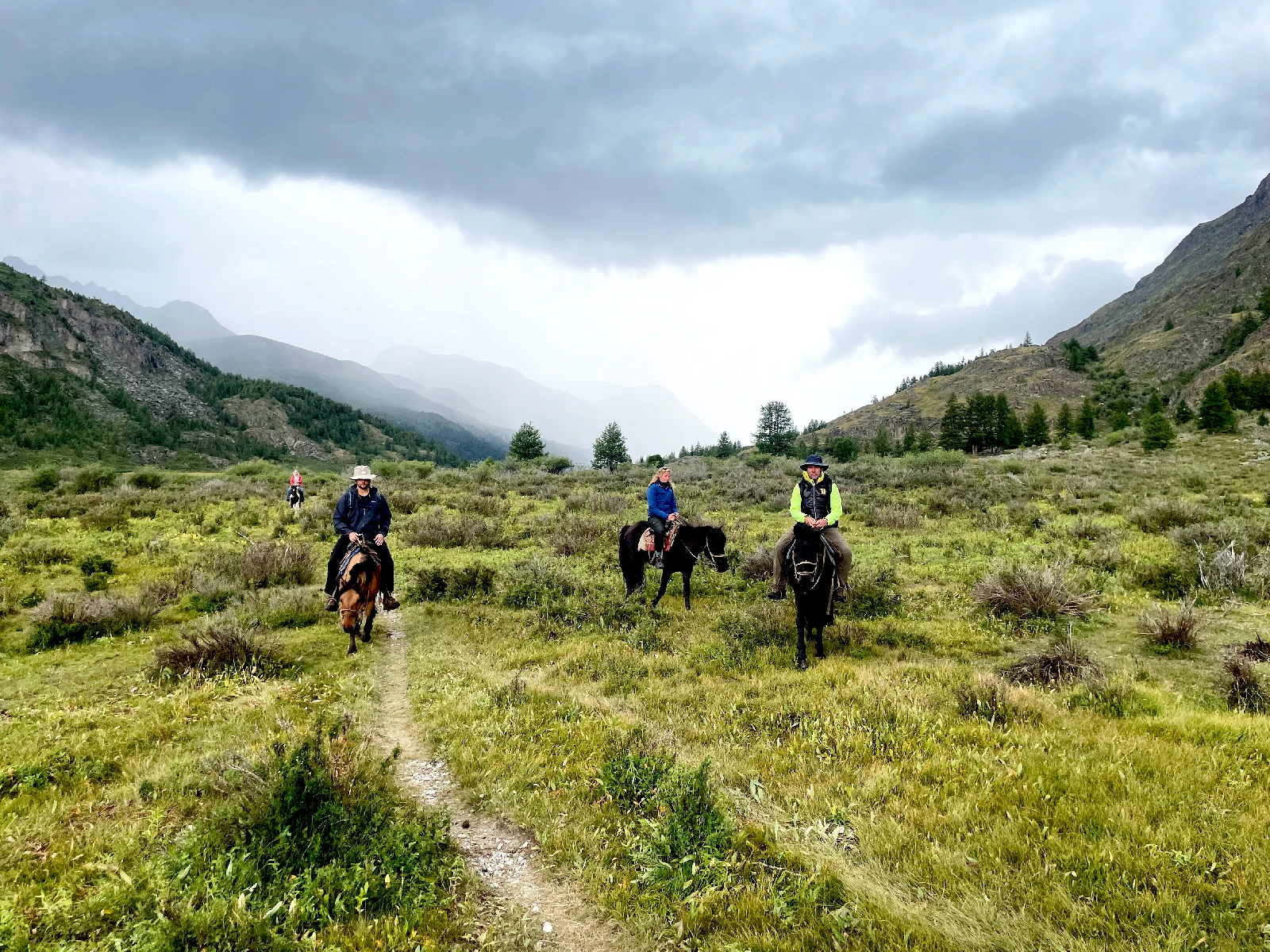
Day 10: Drive back to Ulgii Town
Drive back to Ulgii town and visit an eagle hunter’s family on the way. Meet an eagle hunter and have the opportunity to hold and photograph his trained Golden Eagle. Enjoy dinner with a Kazakh traditional folk concert at a local Ger camp or hotel.
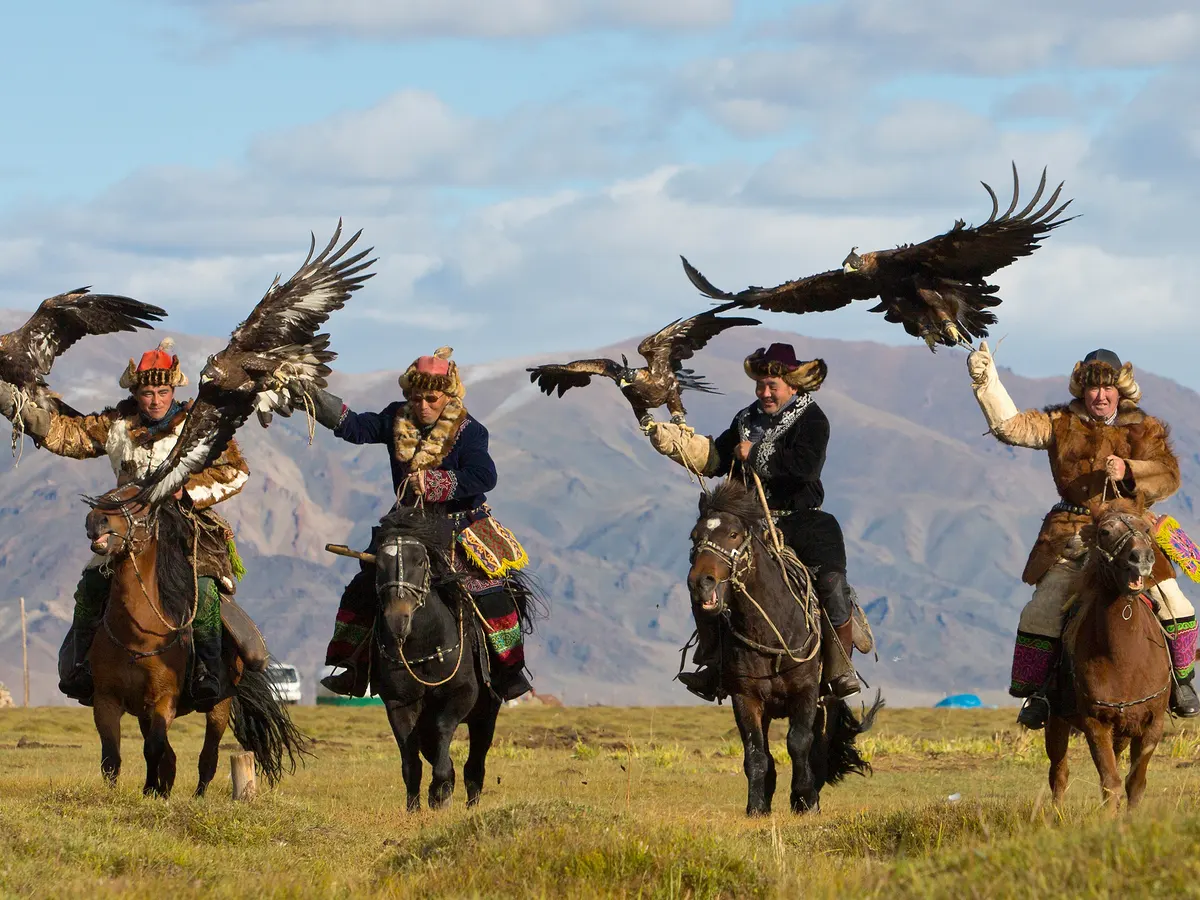
Day 11: Flight to Ulaanbaatar
Take a flight from Ulgii to Ulaanbaatar. Your driver and guide will meet you at the airport and transfer you to your hotel.
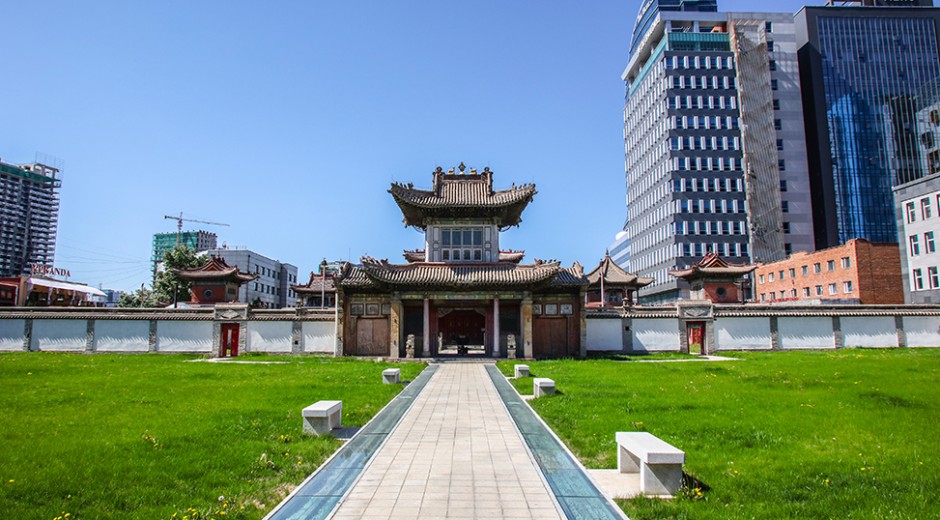
Day 12: Visit Terelj National Park
Meet your team at the hotel and head to Terelj National Park. Visit Turtle Rock, a granitic formation resembling a turtle, and Aryabal meditation center, offering a breathtaking view of the park. Overnight in traditional Ger camps, with optional activities such as horse riding or camel riding.
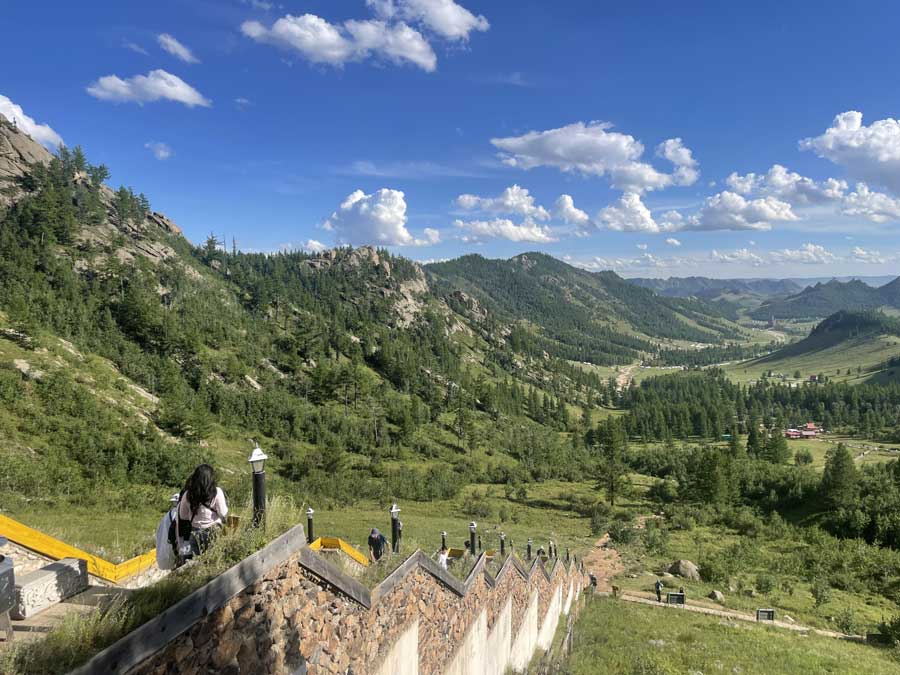
Day 13: Chinggis Khan’s Statue Complex
After breakfast, visit Chinggis Khan’s statue complex at Tsonjin Boldog. Explore the complex, try Mongolian traditional clothing, and enjoy a panoramic view from atop the horse head. Return to Ulaanbaatar, visiting the Naran Tuul open market en route. Transfer to your hotel.
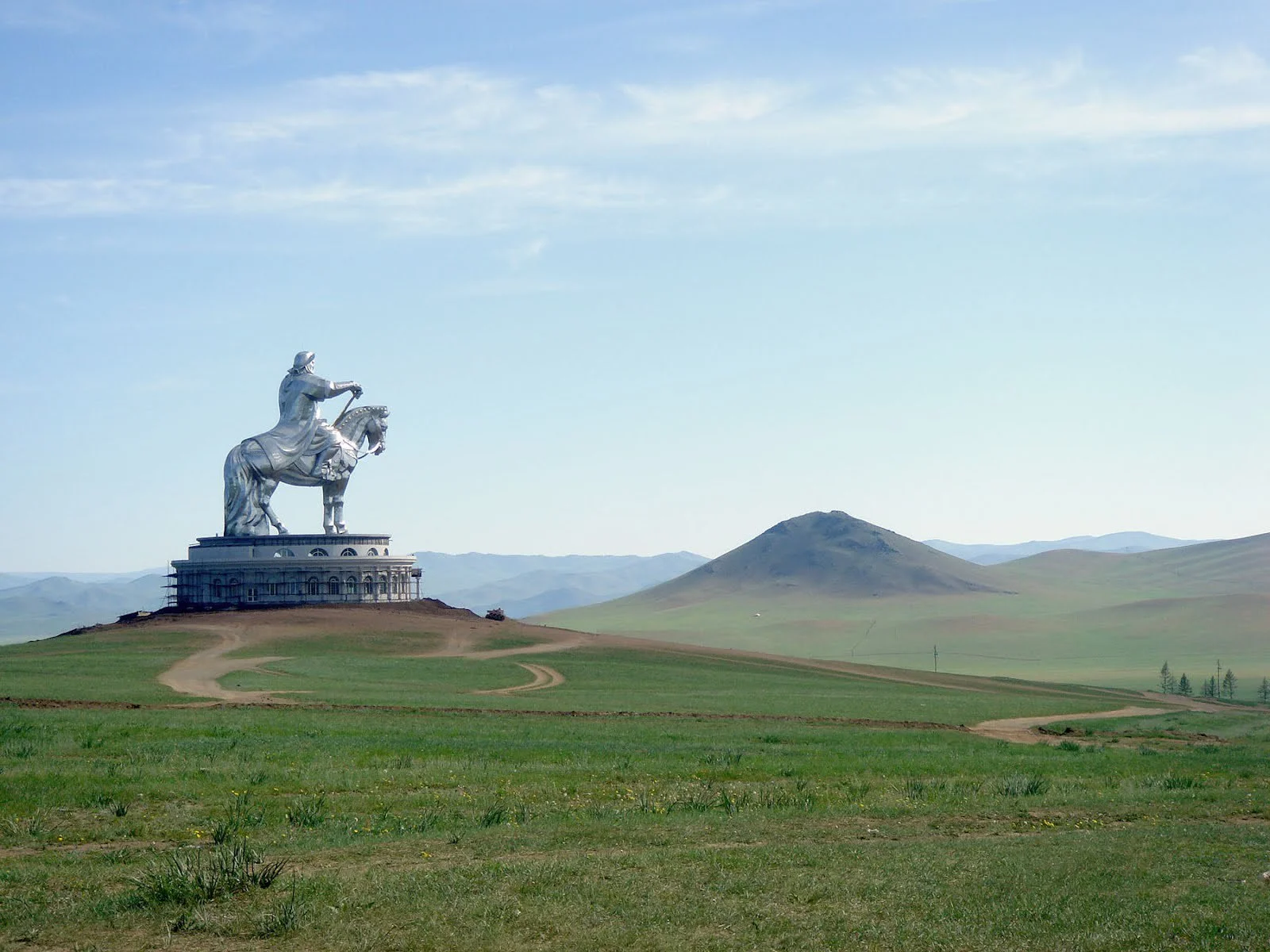
Day 14: Departure
Drive to Chinggis Khan International Airport for your departure from Mongolia.
Please do not hesitate to contact us to get more detailed information about this tour package
How to get to Altai Tavan Bogd National Park in western Mongolia?
To get to Altai Tavan Bogd National Park in western Mongolia, there are a few transportation options available. Here’s a breakdown of the common routes:
- By Air:
The nearest airport to Altai Tavan Bogd National Park is in Ulgii, the capital of Bayan-Ölgii Province. You can take a domestic flight from Ulaanbaatar, the capital city of Mongolia, to Ulgii Airport. From Ulgii, you can arrange transportation by hiring a local guide or using a tour operator to reach Altai Tavan Bogd National Park. - By Land:
If you prefer an overland journey, you can consider the following routes:
- From Ulaanbaatar: Start by taking a domestic flight or a long-distance bus from Ulaanbaatar to Ölgii (also known as Ulgii), the closest city to Altai Tavan Bogd National Park. From Ölgii, you can hire a local guide or join an organized tour to travel to the national park. The journey usually involves a few hours of driving, and a 4×4 vehicle is recommended due to the rugged terrain.
- From the Kazakh Border: Another option is to enter Mongolia from the Altai region of Kazakhstan. There is a border crossing point between the two countries at Tashanta. From there, you can hire a local guide or join a tour to reach Altai Tavan Bogd National Park.
- Organized Tours:
If you prefer a hassle-free experience, joining an organized tour is a convenient option. Many tour operators offer guided trips to Altai Tavan Bogd National Park, which typically include transportation, accommodation, meals, and a local guide. This allows you to have a structured itinerary and knowledgeable assistance throughout your trip.
It’s important to note that Altai Tavan Bogd National Park is a remote and rugged area with limited facilities, so it’s recommended to plan your visit in advance and arrange transportation and accommodations beforehand. Additionally, hiring a local guide is advisable to ensure a safe and well-guided experience in the park.
The weather in Altai Tavan Bogd national park
The Altai Tavan Bogd National Park is located in western Mongolia. The weather in this region can vary significantly depending on the season.
During the summer months (June to August), the average temperature ranges from 15°C to 25°C (59°F to 77°F), and it is the best time to visit as the weather is pleasant and suitable for outdoor activities. However, do keep in mind that it can get cooler at higher elevations, especially in the evenings.
The shoulder seasons of spring (April to May) and autumn (September to October) can also be good times to visit. Temperatures are moderate, ranging from 5°C to 15°C (41°F to 59°F), but weather conditions can be more unpredictable with occasional rainfall.
Winter (November to March) in the national park is extremely cold, with temperatures dropping below freezing point, often reaching as low as -20°C (-4°F). If you are interested in winter activities like skiing or snowshoeing, this could be an option, but be prepared for the harsh cold weather.
It’s always a good idea to check the local weather forecast closer to your travel dates as weather conditions can change.
Suggested packing list for trekking in Mongolian Altai mountains
While packing for a trekking trip to Altai Tavan Bogd National Park, it is important to be prepared for various weather conditions and the rugged terrain. Here’s a suggested packing list:
- Clothing:
- Hiking boots or sturdy comfortable shoes
- Moisture-wicking socks
- Lightweight and breathable hiking pants
- T-shirts or base layers for layering
- Fleece or down jacket for warmth
- Waterproof and windproof jacket
- Waterproof pants or rain pants
- Warm hat and gloves
- Sun hat and sunglasses
- Swimwear (if you plan to swim in lakes or rivers)
- Gear and Equipment (some of this gears can be provided by local travel agent):
- Backpack (preferably with a rain cover)
- Sleeping bag suitable for colder temperatures
- Sleeping pad for insulation and comfort
- Trekking poles for added stability and support
- Water bottle or hydration bladder
- Headlamp or flashlight
- Multi-purpose knife or multi-tool
- Whistle for emergencies
- Portable charger/power bank for electronic devices
- Personal toiletries and items (toothbrush, toothpaste, toilet paper, etc.)
- Protection and First Aid:
- Sunscreen with a high SPF
- Insect repellent
- First aid kit with essentials (band-aids, antiseptic, pain relievers, etc.)
- Prescription medications (if required)
- Lip balm and moisturizer
- Navigation and Documents:
- Detailed map of the area
- Compass or GPS device for navigation
- Personal identification documents (passport, visa, permits)
- Emergency contact information (local emergency contacts, travel insurance details)
- Food and Snacks:
- Lightweight and nutritious food items such as energy bars, dried fruits, and nuts
- Instant meals or freeze-dried food options for longer treks
- Utensils and a compact stove if planning to cook your meals
Remember to pack efficiently and choose lightweight and compact options whenever possible. Additionally, make sure to check if there are any specific requirements or recommendations from your tour operator or local guides. Safe travels and enjoy your trekking adventure in Altai Tavan Bogd National Park!
What people you will meet during your trek in Altai Tavan bogd national park?
Altai Tavan Bogd National Park is home to several nomadic herding communities. These nomads are primarily ethnic Kazakhs and Tuvans who have been living in the region for generations. They lead a traditional nomadic lifestyle, herding livestock such as yaks, sheep, and horses.
Visiting and interacting with these nomadic communities can provide a unique cultural experience. Some tour operators in the area offer guided trips that allow travelers to stay in traditional felt tents called “gers” or “yurts,” which are the nomads’ portable dwellings. These tours often include opportunities to engage in daily activities with the nomads, like milking cows, herding livestock, or learning traditional crafts.
When visiting these communities, it is important to respect their way of life and customs. It is customary to ask for permission before taking photographs, and it is appreciated to bring small gifts or offer to purchase goods directly from the nomads to support their livelihoods.
Keep in mind that the nomadic lifestyle is deeply connected to nature, so it is essential to practice responsible tourism and leave minimal impact on the environment and local culture. Engaging with the nomads offers a wonderful chance to learn about their rich heritage, traditions, and close relationship with the stunning landscapes of Altai Tavan Bogd National Park.

